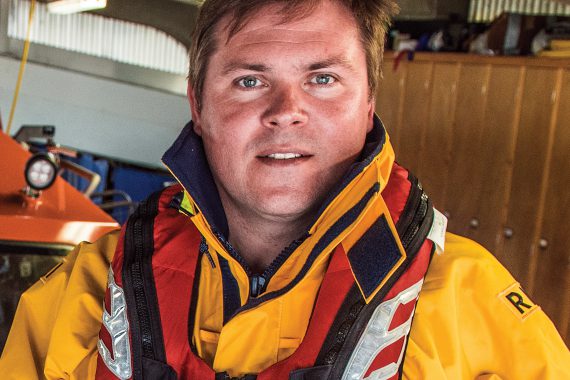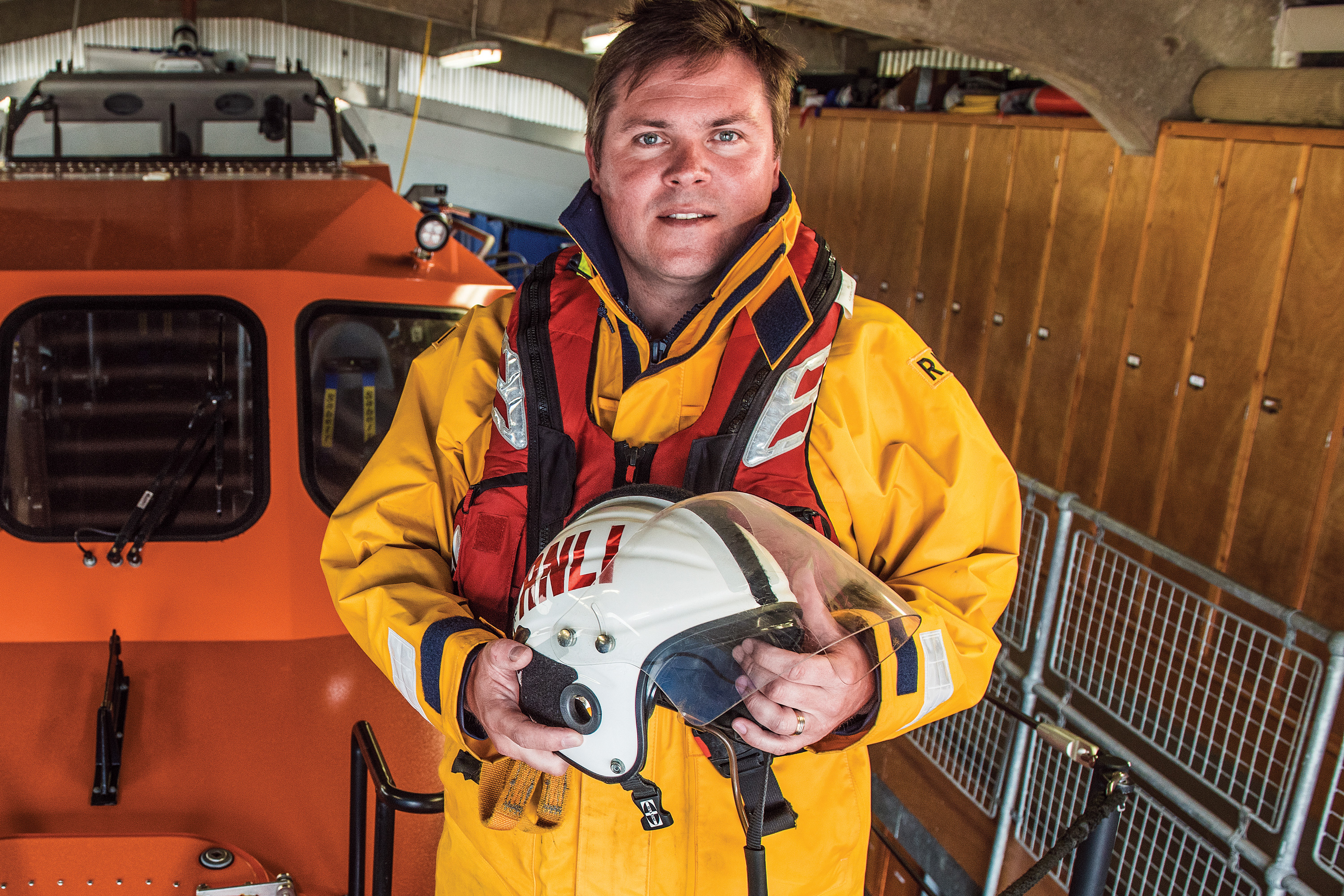My working life: Saving lives at sea with the RNLI

Profile: Dr Jack Hickey

Age: 40
Role: Lifeboat medical adviser, Royal National Lifeboat Institute (RNLI) Dungeness, Kent; GP partner and trainer at Woodchurch Surgery, Kent; aeromedical examiner for Civil Aviation Authority
Hours worked with lifeboat service: One medical a week, plus phone advice around twice a month. Biannual training with the medical team, plus an average four crew training exercises a year
Week 1 Monday 18:30
My primary role as a lifeboat medical adviser (LMA) at Dungeness is to give medical support to the crew and help them remain fit and ready to serve. Today, after afternoon surgery, I see a crew member for his routine medical – a male volunteer aged 50 whose day job is at the local power station. We discuss the impact of work stress and his recent urinary symptoms of mild nocturia. He is passed fit and the findings are passed to the occupational health service.
I do around one medical a week and they are usually straightforward to fit in around surgeries. My partner at the practice is very supportive of my role, and it has proved beneficial to my NHS practice – in particular, helping to understand what could be an incapacitating condition, and how important it is to consider how prescribing may affect a person’s occupation or passion.
Wednesday 19:00
After a busy day in the practice, I take advantage of a late summer evening and pop down to the boathouse with my six-year-old daughter, to explore the boat. The team encourages me to visit the boathouse as often as possible. It is great to get to know the crew and very humbling that these brave people are so respectful and welcoming to ‘the doc’.
I took over the role of LMA from a retiring GP in 2010, fulfilling a lifelong ambition. As a keen sailor and windsurfer I have always been in awe of the selfless work that RNLI teams do.
Week 2 Thursday 18:30
After seeing my last patient for the day, I head to the boathouse for an exercise with the crew. I try to take part in four of these a year, to experience the physical and mental demands that the crew must be able to meet. It is also really exciting.
I arrive at the packed boathouse for a briefing and we get dressed in full wet weather gear: wellies, life jacket and helmet. Then we head to the boat for launching from the beach.
As we power to our exercise destination, the coxswain gives me control of the boat, under close instruction. It is just two hours after my evening surgery finished, and I am at the helm of a state-of-the-art, jet-powered Shannon-class lifeboat, planing at 25 knots off the south coast in the dark.
Once at our destination, the crew practises some casualty recovery work and radar navigation, after which we do a medical drill assessing the casualty.
I head home buzzing from the thrill of the evening’s exploits, and the sense I am part of a special family.
Week 3 Monday 08:00
I take the morning off to drive to LMA headquarters in Poole for training with the medical team that developed the triage and treatment cards we use on a rescue mission. These help to determine if a casualty is ‘Big sick’ or ‘Little sick’ and what steps to take to stabilise them.
Using the team’s prosthetics and props, I work with a group of actors from the local theatre group The Rye Players, to act out scenarios at sea and in the boathouse. I create some simulated medical and trauma scenarios both at sea and onshore, so that all boat and shore crew can be involved.
Week 4 Friday 18:30
Rather than winding down for the weekend, I set off to join a rare night exercise with the search and rescue Sea King helicopter team. There is a sense of real excitement among the whole crew.
We hear via radio that the helicopter is coming. It hovers about 50 feet above us slightly to our port side. I am told this is safer for us if it ditches, which raises the adrenaline another notch. We simulate a casualty rescue and I am winched up to the helicopter. The effect of the hot downdraft suffocates me and I am suddenly gripped with fear that my heroic rescuers are actually trying to kill me – but just as the thought crosses my mind I am grabbed and pulled into the aircraft.
The descent is easier. After being bundled back into the boat by four crew members, we head back to the station. Although there has been no ‘shout’, I am filled with an immense feeling of pride and satisfaction that I am playing a small part in keeping people safe in our waters.









